
CategoryNeuroscience


Science Is Discovering That Mystical Experiences Are Real
When we contemplate, says neurologist Andrew Newberg, who studies such experiences, the frontal and parietal lobes of our brains quiet downIn podcast #165 at Mind Matters News (December 16, 2021), neurosurgeon Michael Egnor continued a discussion with neurologist Andrew Newberg on what we know about spirituality and the brain. Dr. Newberg has published a number of books on the topic, including How God Changes Your Brain (2009) and Why God Won’t Go Away (2008). The “science is atheism!” clubhouse would not be very happy with him. A partial transcript follows, with notes and links. Michael Egnor: Do you see differences in the brains of people who are meditating in a theistic and a non-theistic way? Is there something different about belief in God that you can see in the brain? Andrew Newberg: Well, that’s a great question. We haven’t specifically Read More ›

Meet a Doctor Who Thinks Spirituality Isn’t Just All in Your Head
Can science study what you are doing when you pray? Andrew Newberg does and he says the effects are realIn a recent podcast at Mind Matters News (“Neurotheology and the brain,”#164), neurosurgeon Michael Egnor interviewed neurologist Andrew Newberg on what brain imaging can tell us about spirituality. Dr. Newberg has published a number of books on the topic, including How God Changes Your Brain (2009) and Why God Won’t Go Away (2008) Newberg began by clarifying that he is not trying to explain away anything. He is just trying to understand it. https://episodes.castos.com/mindmatters/22bb89c2-fcd5-4c6a-87be-9c74b9d92b8c-Mind-Matters-Episode-164-Andrew-Newberg-Episode-1-rev1.mp3 Andrew Newberg: First of all, for me, it is what I like to refer to as a two-way street. It is not just science looking at religion, it is not religion looking at science. It is both of them really looking at each other to help Read More ›
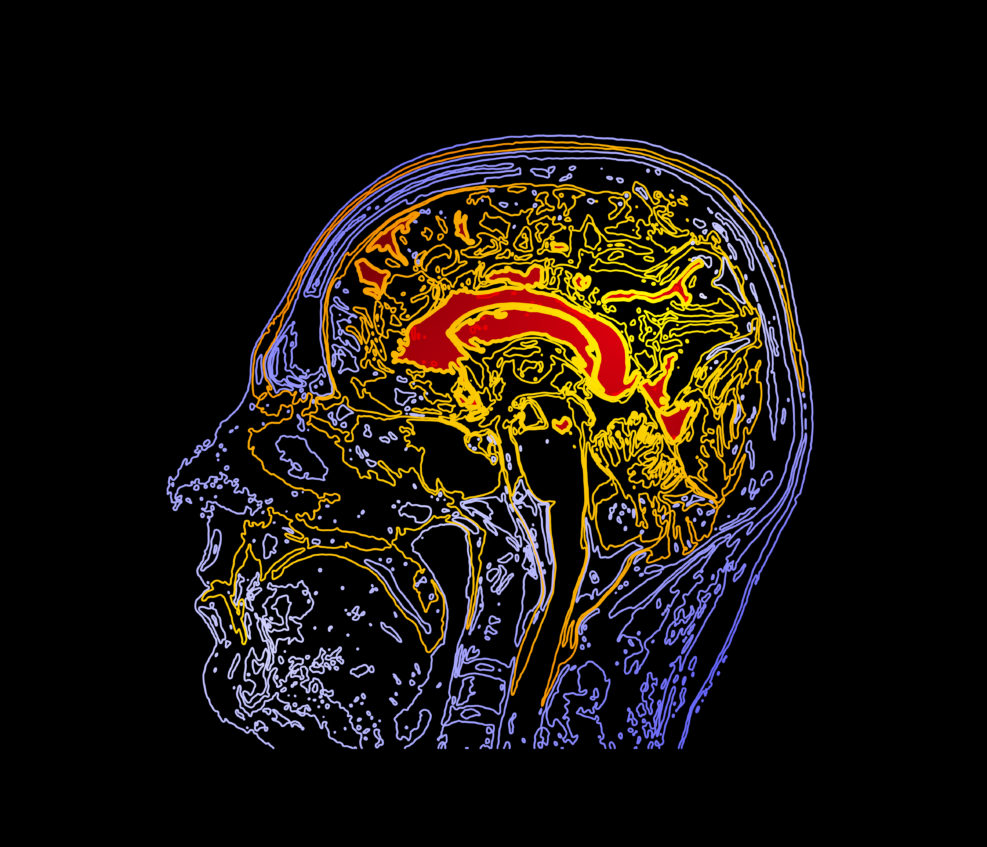
Detailed Brain Mapping Outlines What We Can — and Can’t — Know
Your brain, fully mapped, would take up a good part of the internet. And then it would just change againRecently, a cubic millimetre (one millionth) of the human brain was imaged in sections via an electron microscope and found to contain 1.4 petabytes of data of nerve cells, blood cells, etc. A petabyte would be like taking over 4,000 digital photos per day through your entire life, as Monique Brouilette reports. But that wasn’t the big surprise: Cells were seen that were never seen in other animals, for example, “It is like discovering a new continent,” said Jeff Lichtman of Harvard, the senior author of the paper that presented these results. He described a menagerie of puzzling features that his team had already spotted in the human tissue, including new types of cells never seen in other animals, such Read More ›

Why Panpsychism Is Starting To Push Out Naturalism
A key goal of naturalism/materialism has been to explain human consciousness away as “nothing but a pack of neurons.” That can’t workNaturalism, often called “materialism,” posits that nature is all there is. Panpsychism doesn’t dispute that. But the panpsychist also thinks that consciousness is real — present in all nature (or all living nature) but especially developed in humans. Last Monday, writing about a classical atheist naturalist who was attacking panpsychism, I reflected on the difficulties the trend to panpsychism presents him. The naturalist is hostile to the panpsychist because he assumes that human consciousness will, in due course, be explained away. It is either an illusion, or an aid to survival that evolved among early humans. Or perhaps it is a spandrel (in evolution theory, a useless accompaniment of useful traits). In short, what we thought was our means of Read More ›
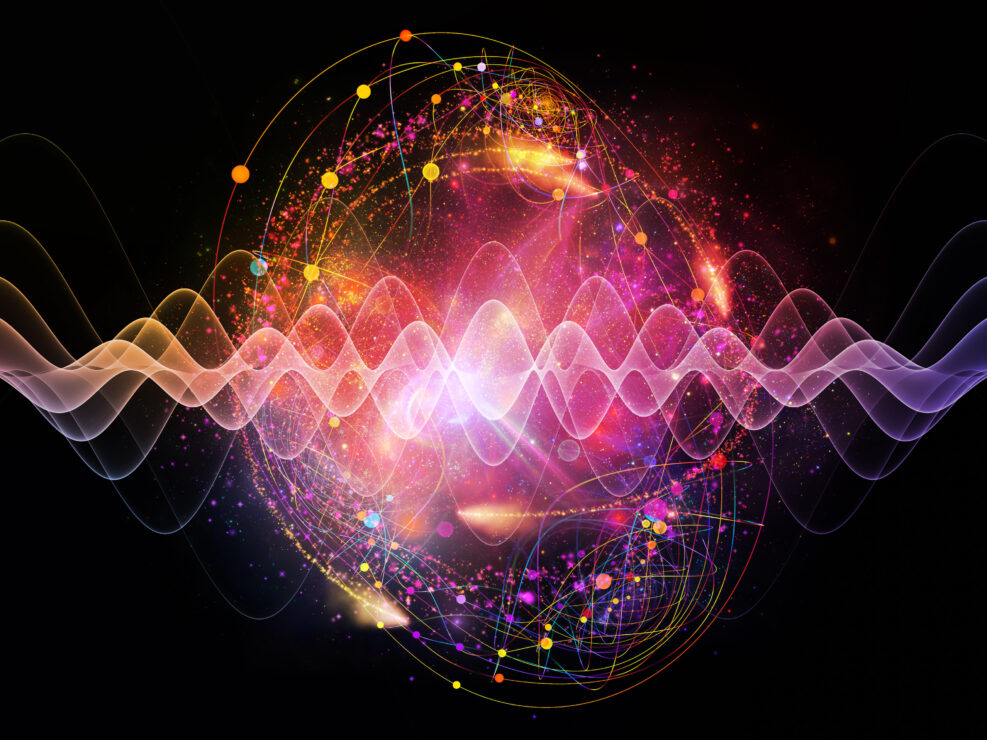
Can Quantum Physics, Neuroscience Merge as Quantum Consciousness?
Physicist Marcelo Gleiser looks at the pros and cons of current theoriesPhysicist and astronomer Marcelo Gleiser offers some thoughts as to the light that quantum mechanics — as opposed to classical physics — can shed on consciousness. The problem, he thinks, is that both quantum mechanics and consciousness are mysteries. Adding two mysteries together doesn’t produce simple answers: The truth is that despite the tremendous success of quantum physics when it comes to its applications — the digital and nuclear technologies that define much of modern life — its interpretation remains uncertain, a target of heated debate among physicists. We know how to use quantum physics, but we do not know what it is telling us about the nature of reality. Marcelo Gleiser, “Can quantum mechanics explain consciousness?” at Big Think Read More ›

A Neuropsychologist Takes a Crack at Defining Consciousness
Frustrated by reprimands for discussing Big Questions in neuroscience, Mark Solms decided to train as a psychoanalyst as wellRecently, distinguished South African neuropsychologist Mark Solms discussed the real state of brain research with Stonybrook neurosurgeon Michael Egnor at Theology Unleashed (October 22, 2021) In the first portion, Solms, author of The Hidden Spring (2021), began by asserting in his opening statement that “the source of consciousness in the brain is in fact in the brain stem,” not the cerebral cortex, as is almost universally assumed. Dr. Egnor then responded that his clinical experience supports the view that brain is not mind. Then Solms pointed to the reality that discussing the fact that the brain is not the mind can be a career-limiting move in neuroscience — even though clinical experience supports the view. Egnor and Solms agreed that Read More ›

Materialist Neuroscientists Don’t Usually See Real Patients
Neurosurgeon Michael Egnor and neuropsychologist Mark Solms find common ground: The mind can be “merely what the brain does” in an academic paper. But not in lifeRecently, distinguished South African neuropsychologist Mark Solms discussed the real state of brain research with Stonybrook neurosurgeon Michael Egnor at Theology Unleashed (October 22, 2021) In the first portion, Solms, author of The Hidden Spring (2021), began by asserting in his opening statement that “the source of consciousness in the brain is in fact in the brain stem,” not the cerebral cortex, as is almost universally assumed. Dr. Egnor then responded that his clinical experience supports the view that brain is not mind. But Solms pointed to the reality that asserting the fact that the brain is not the mind can be a career-limiting move in neuroscience — even though clinical experience supports the view. In this portion, Egnor and Read More ›
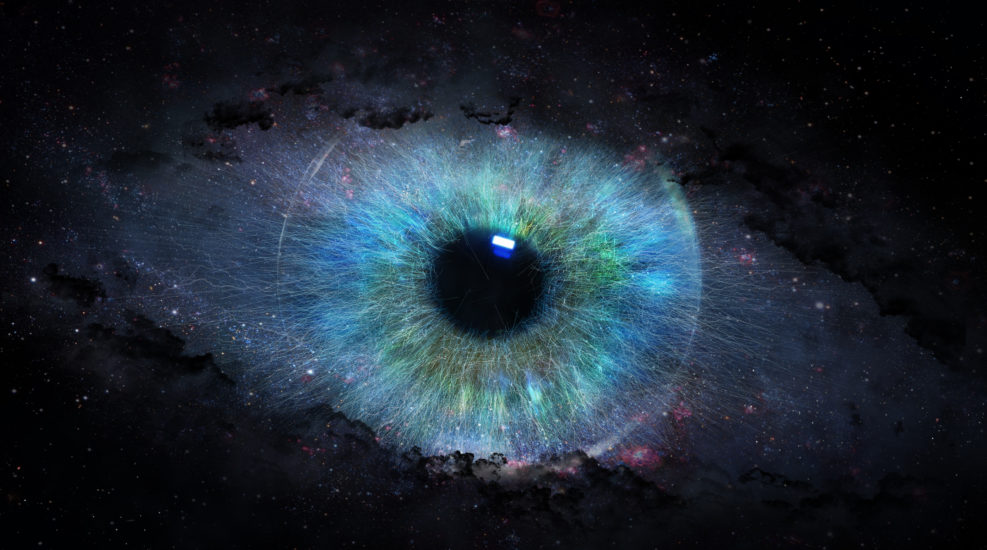
A Darwinian Biologist Resists Learning To Live With Panpsychism
Jerry Coyne makes two things quite clear: He scorns panpsychism and he doesn’t understand why some scientists accept itJerry Coyne, a traditional Darwinian evolutionary biologist and author of Why Evolution Is True, is having a hard time understanding why anyone would even consider taking panpsychism seriously. His bafflement over the growing acceptance of the idea that every living thing (or everything) is conscious to some extent may shed light on some new features of the changing science landscape. His jumping off point is a recent three-way debate/discussion, sponsored by MindChat, between panpsychist philosopher Philip Goff, naturalist theoretical physicist Sean Carroll, and physicalist philosopher Keith Frankish, who views the mind as an illusion created by the brain — or, as Coyne puts it, “a trick of the biological mind.” Coyne, as a metaphysical naturalist (nature is all there is), Read More ›

Does Science Disprove Free Will? A Physicist Says No
Marcelo Gleiser notes that the mind is not a solar system with strict deterministic lawsOne of the most disturbing implications of materialism in modern science is the inference that science disproves the existence of free will. Of course, this is not actually the case, but even the mistaken denial of free will has profound and very disturbing implications for our social structure, our criminal justice system, and our way of government. People who are assumed to lack free will are ultimately little more than cattle to be herded and, as philosopher Hannah Arendt has observed, the denial of free will — and the denial of individual responsibility that follows on it — is a cornerstone of totalitarianism. At Big Think, physicist and philosopher Marcelo Gleiser points to the fallacy that physics and neuroscience disprove Read More ›

Why So Many Neuroscientists Are Unreflective Materialists
It’s part of a larger commitment to the belief that materialism will one day refute dualism by explaining away all of the apparent immaterial aspects of the mindNeurosurgeon Michael Egnor has contributed a chapter of The Comprehensive Guide to Science and Faith: Exploring the Ultimate Questions About Life and the Cosmos (2021): “Have science and philosophy refuted free will?” (Ch 18) and “Can materialism explain human consciousness?” (Ch 19). In it, he notes a reality of modern neuroscience: Materialism (the mind is simply what the brain does) is not a discovery so much as a pledge of allegiance: One might think that the logical problems with materialism would insulate 21st-century neuroscience from its influence, but that is not so. Most contemporary neuroscientists work from an implicitly materialist perspective — in part because they’re unreflective, in part because materialism is the metaphysical correlate of the atheistic scientism that Read More ›
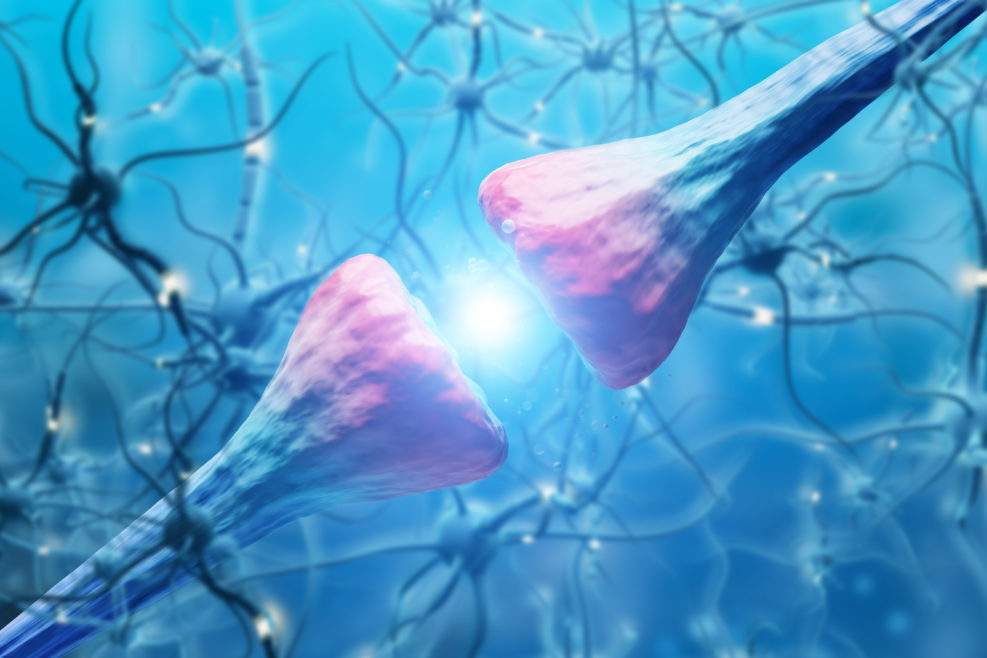
Human Neurons, Brains, Much More Efficient Than Animal Ones
What was formerly thought to be “junk DNA” differs between humans and chimpanzees and plays a role in brain developmentWhat makes humans different should be straightforward, right? We should, for example, have more complex neurons than ferrets and macaques. But we don’t. We have simpler ones: Neurons communicate with each other via electrical impulses, which are produced by ion channels that control the flow of ions such as potassium and sodium. In a surprising new finding, MIT neuroscientists have shown that human neurons have a much smaller number of these channels than expected, compared to the neurons of other mammals. MIT, “A Striking Difference Between Neurons of Humans and Other Mammals” at Neuroscience News (November 10, 2021) The paper requires a subscription. In the most extensive study of its kind, nine other mammals were studied. Larger mammals have larger Read More ›

3.Neuroscientist: Mind Is Not Just Brain? That’s Career Limiting!
Neuropsychologist Mark Solms and neurosurgeon Michael Egnor agreed that clinical experience supports a non-materialist view but that the establishment doesn’tRecently, distinguished South African neuropsychologist Mark Solms discussed the real state of brain research with Stonybrook neurosurgeon Michael Egnor at Theology Unleashed (October 22, 2021) In the first portion, Solms, author of The Hidden Spring (2021), began by asserting in his opening statement that “the source of consciousness in the brain is in fact in the brain stem,” not the cerebral cortex, as is almost universally assumed. Dr. Egnor then responded that his clinical experience supports the view that the mind is not merely the brain. Now, Solms talks about the reality that discussing the fact that the mind is not merely the brain can be a career-limiting move. A partial transcript, notes, and links to date follow: Next, I Read More ›
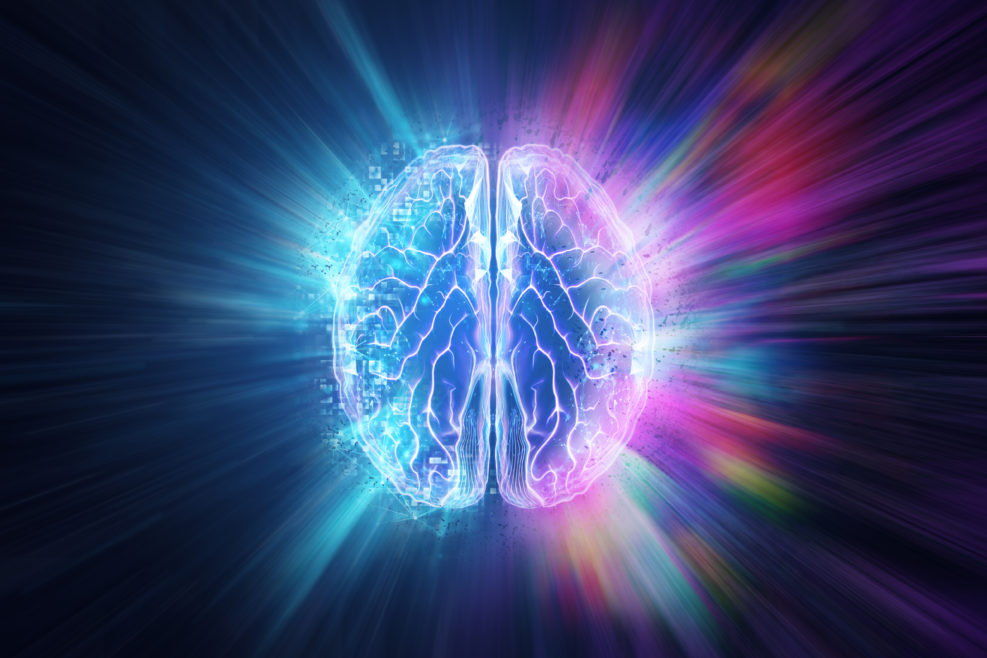
2. Neurosurgeon and Neuropsychologist Agree: Brain Is Not Mind
Michael Egnor tells Mark Solms: Neuroscience didn’t help him understand people; quite the reverse, he had to understand people, and minds, to make sense of neuroscienceRecently, distinguished South African neuropsychologist Mark Solms discussed the real state of brain research with Stony brook neurosurgeon Michael Egnor at Theology Unleashed (October 22, 2021). In the first portion, Solms, author of The Hidden Spring (2021), proposed in his opening statement that “the source of consciousness in the brain is in fact in the brain stem,” not the cerebral cortex, as is almost universally assumed. Dr. Egnor now responds that his clinical experience supports that view — and also the view that the mind is not simply “what the brain does” as some popular neuroscientists claim: A partial transcript, notes, and links to date follow: Arjuna [host]: And now, Michael, could you give a brief explanation of your views? Read More ›
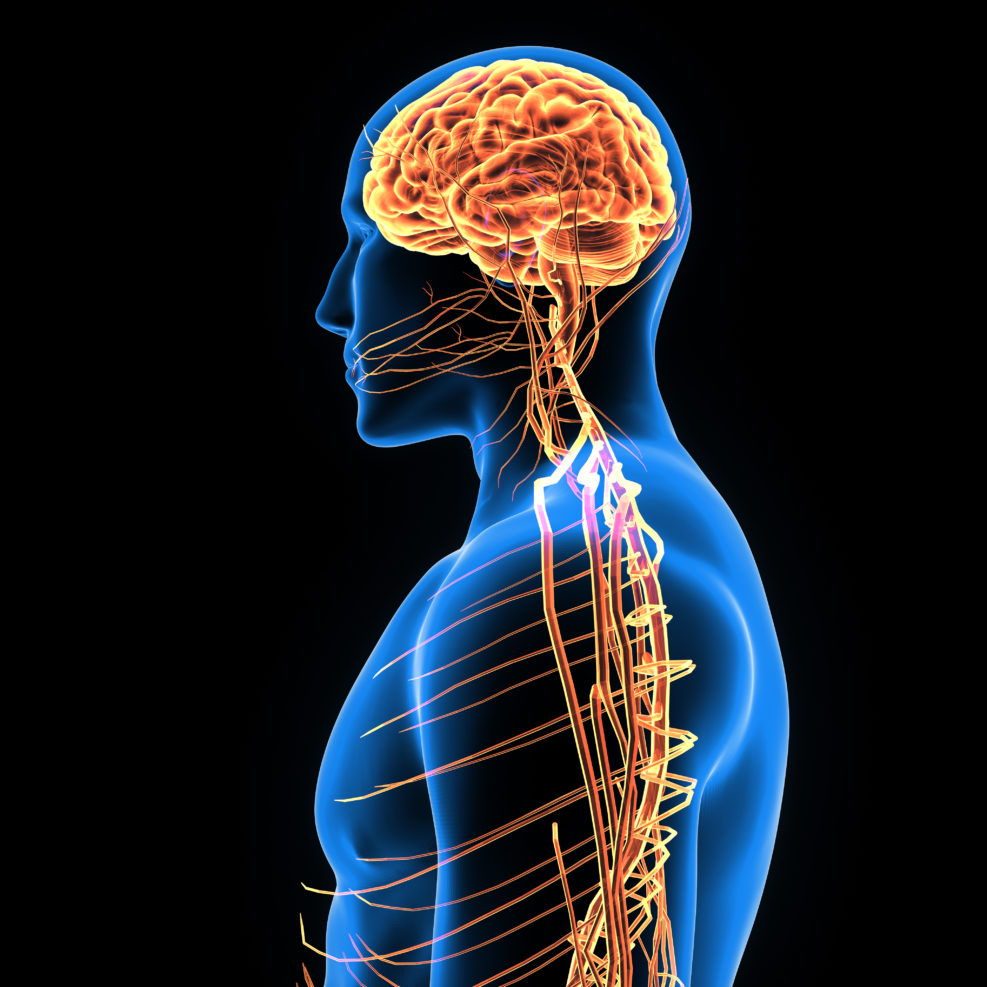
Consciousness: Is It in the Cerebral Cortex — or the Brain Stem?
In a recent discussion/debate with neurosurgeon Michael Egnor, neuropsychologist Mark Solms offers an unconventional but evidence-based view, favoring the brain stemIn September, neurosurgeon Michael Egnor debated atheist broadcaster Matt Dillahunty at Theology Unleashed, on the existence of God. This time out (October 22, 2021), he is teamed with distinguished South African neuropsychologist Mark Solms, author of The Hidden Spring (2021) — who begins by declaring, in his opening statement, “the source of consciousness in the brain is in fact in the brain stem,” not the cerebral cortex, as almost universally assumed. He explains his reasoning with evidence. Egnor doesn’t dispute that statement; in fact, in his own opening statement later, he reinforces it with observations from his own practice. To learn more, read on. A partial transcript, notes, and links to date follow the video link: Arjuna [host]: Hello, and Read More ›
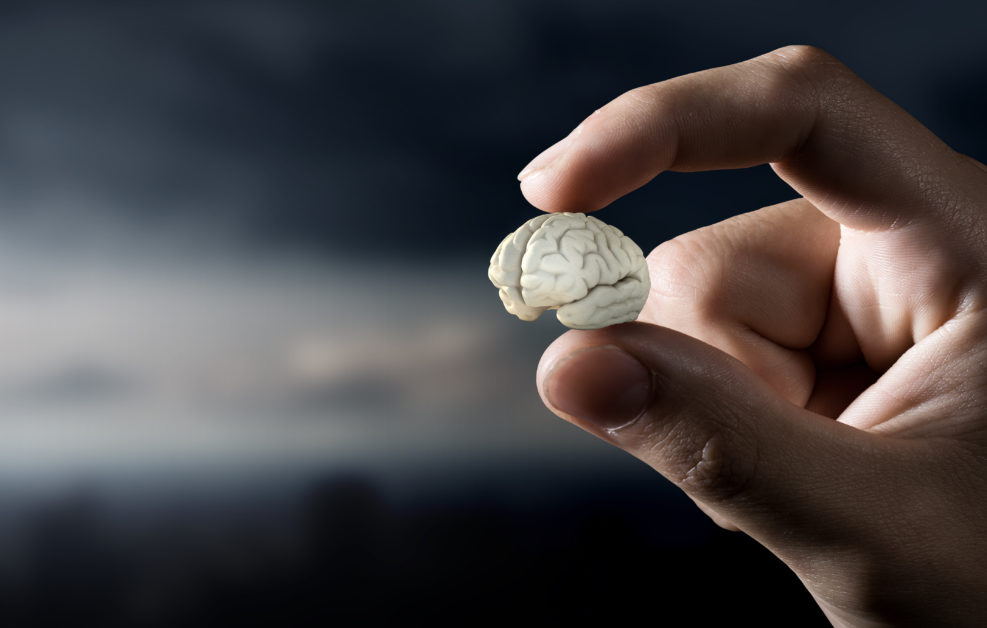
Researchers Still Puzzled: Why Did Human Brains Shrink?
Human brain volumes decreased by 10% in the last 40,000 years, coinciding with spectacular intellectual achievementsWe conventionally associate big brains with intelligence. But the evidence from the present day and from history is uncertain: It’s something of a well-known secret among anthropologists: Based on measurements of skulls, the average brain volume of Homo sapiens has reportedly decreased by roughly 10 percent in the past 40,000 years. This reduction is a reversal of the trend of cranial expansion, which had been occurring in human evolution for millions of years prior… For instance, a 1988 Human Biology paper analyzed more than 12,000 Homo sapiens crania from Europe and North African. It showed cranial capacity decreased in the past 10,000 years by about 10 percent (157 mL) in males and 17 percent (261 mL) in females. A similar Read More ›
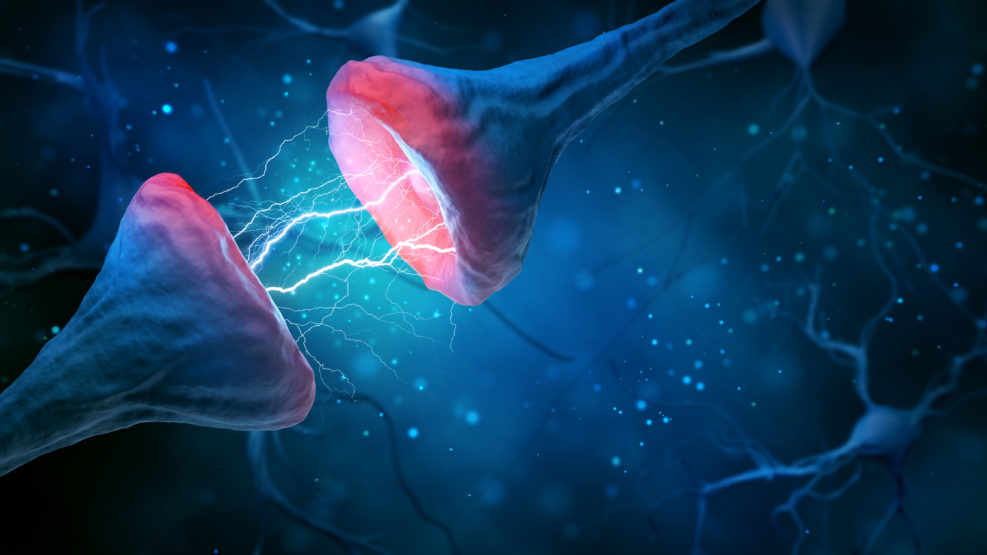
Brain Cells Can Mislead Each Other, Cause Mental Disorders
Neuroscientists: When cells talk to each other, due to faulty signals given to proteins, they don’t always say the right thingsRecent research in how brain cells talk to one another may help treat anxiety and addiction disorders, as well as dementias. Brain cells talk to each other through synapses, where molecules whose chemistry is interpreted as information are released and travel to the next cell: When people learn or remember things, this signalling is strengthened. When communication between synapses goes wrong, circuits become broken. As more circuits are lost, this changes how people can think and perform everyday tasks. This is seen in cognitive disorders, such as forms of dementia and some mental health conditions. University of Nottingham, “Scientists gain new understanding of how brain cells talk – which could help in the treatment of mental health conditions and memory Read More ›

What Can Mapping the Whole Brain Tell Us About Ourselves?
Researchers attempting to map the brain must contend with massive complexity at every level, as a report in Nature showsThe worm and fly brains have been mapped. The mouse brain has, in part, been mapped. But the human brain offers the real challenge for the researchers working around the clock. Our brains are not just more complex; they are more complex on a number of dimensions: To truly understand how the brain works, neuroscientists also need to know how each of the roughly 1,000 types of cell thought to exist in the brain speak to each other in their different electrical dialects. With that kind of complete, finely contoured map, they could really begin to explain the networks that drive how we think and behave. Alison Abbott, “How the world’s biggest brain maps could transform neuroscience” at Nature (October Read More ›
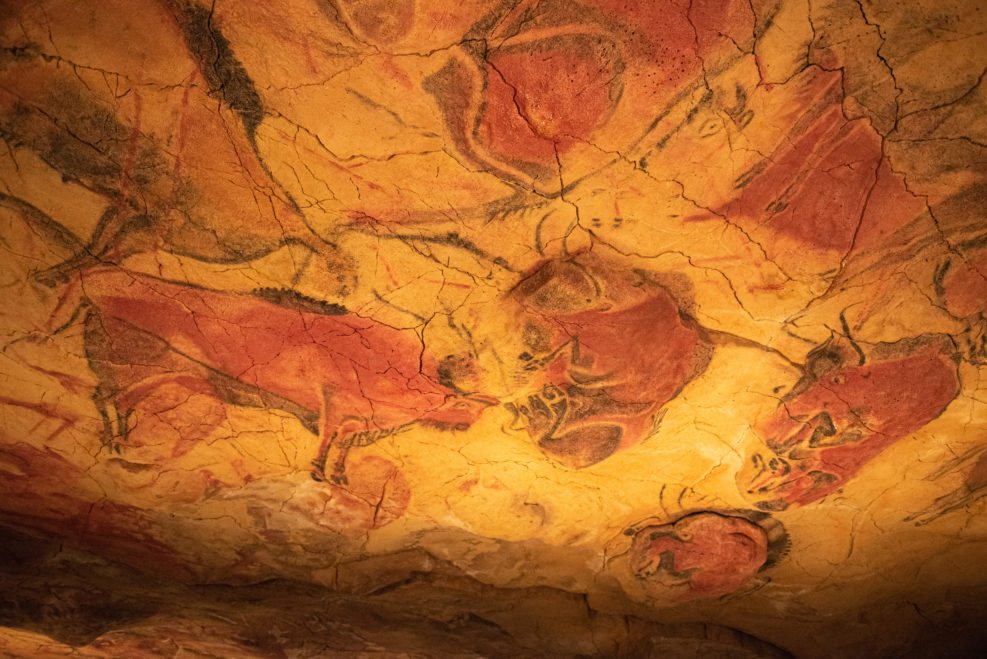
There Is No Such Thing as a Fossil Mind
A chapter on evolutionary psychology in Comprehensive Guide to Science and Faith (2021) looks at the curious discipline of evolutionary psychologyThis month, the The Comprehensive Guide to Science and Faith: Exploring the Ultimate Questions About Life and the Cosmos (Harvest House 2021) appeared. The basic theme of the handbook, as described by editors design theorist William Dembski and Joseph Holden is “Science and Christianity are often presented as opposites, when in fact the order of the universe and the complexity of life powerfully testify to intelligent design.” I wrote one of the chapters, “What is evolutionary psychology?”. It concerns the effort to understand human psychology by appealing to a prehuman (“evolutionary”) past. As such, it explains a large variety of human behaviours as the unconscious enactment of a Darwinian survival scenario among not-quite humans that is wired into modules in Read More ›
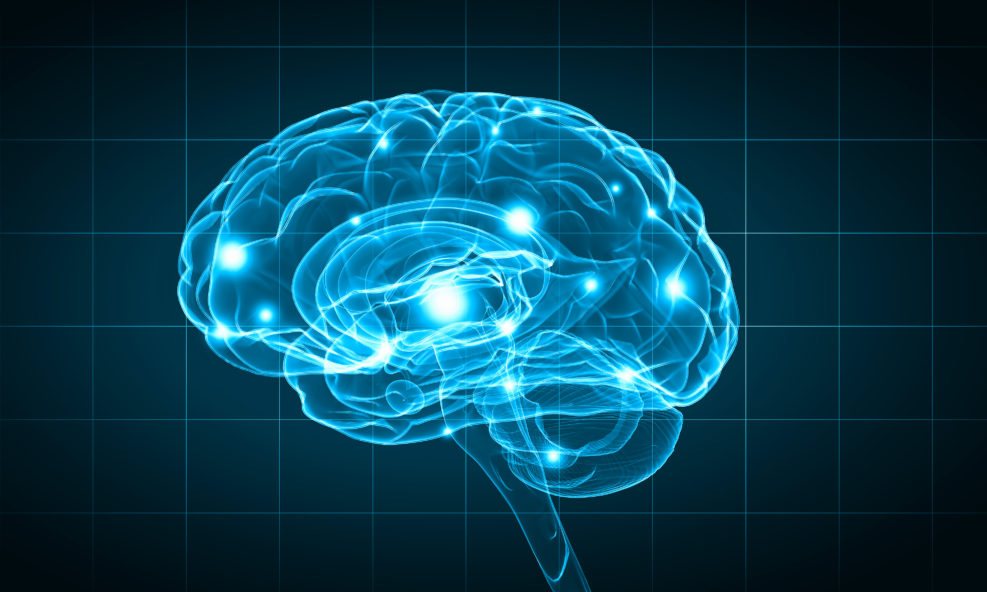
GWT: A Leading Consciousness Theory Depends on Information Theory
Not mechanism. If Global Workspace Theory (GWT) is a good approach to consciousness, there is no “consciousness spot” in the brain.Recently, we have looked at the Integrated Information Theory (IIT) of human consciousness, as set out by well-known Allen Institute neuroscientist Christof Koch. Another leading contender (and rival) is Global Workspace Theory (GWT) — it pictures the brain as an orchestra with many conductors. IIT is panpsychist in orientation (the universe participates in consciousness; human consciousness is the most highly developed instance) whereas GWT uses information theory to capture an image of consciousness via observations of the brain at work. A recent essay in Psyche by two GWT proponents, Morten L. Kringelbach and Gustav Deco, introduces us to GWT: … given the distributed nature of the brain hierarchy, there is unlikely to be just a single ‘conductor’. Instead, in 1988 Read More ›